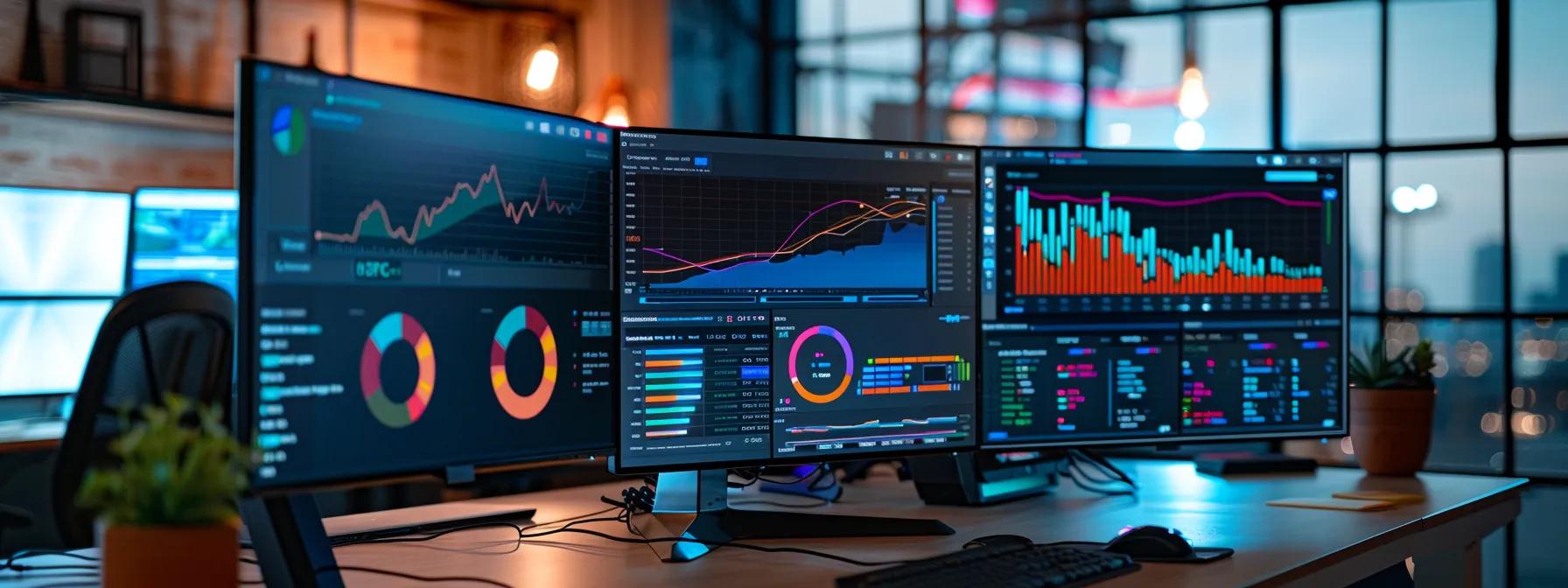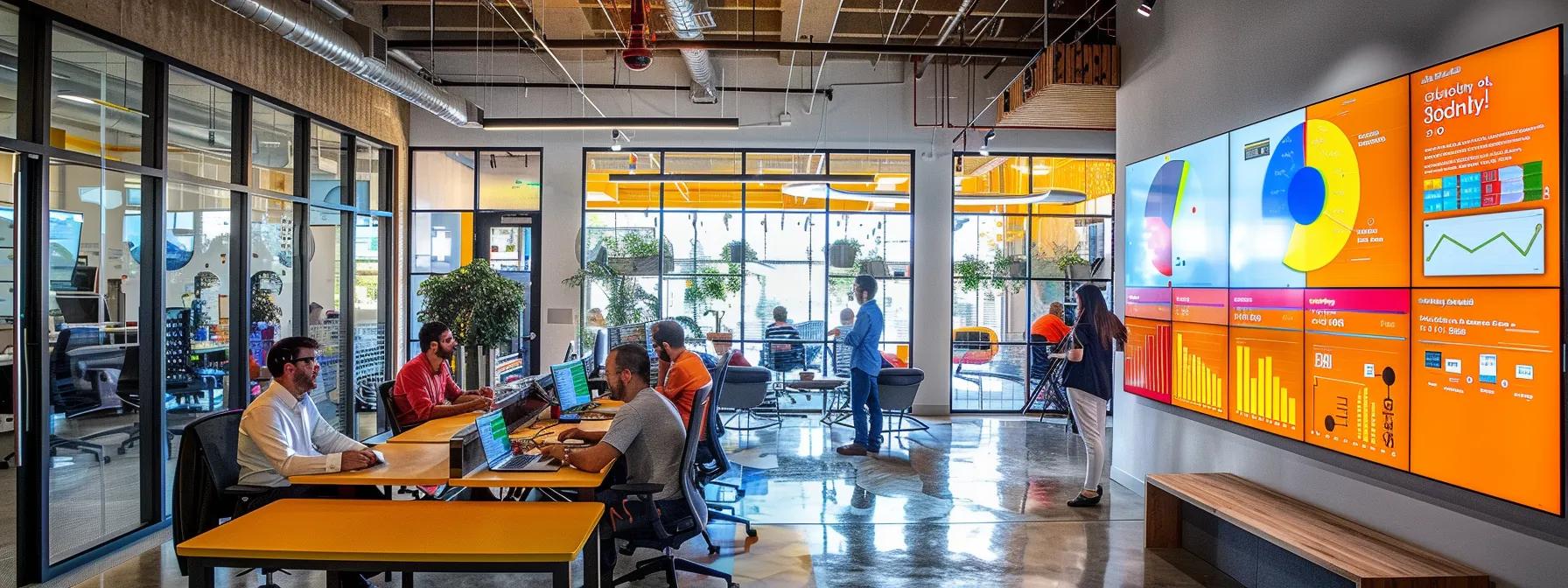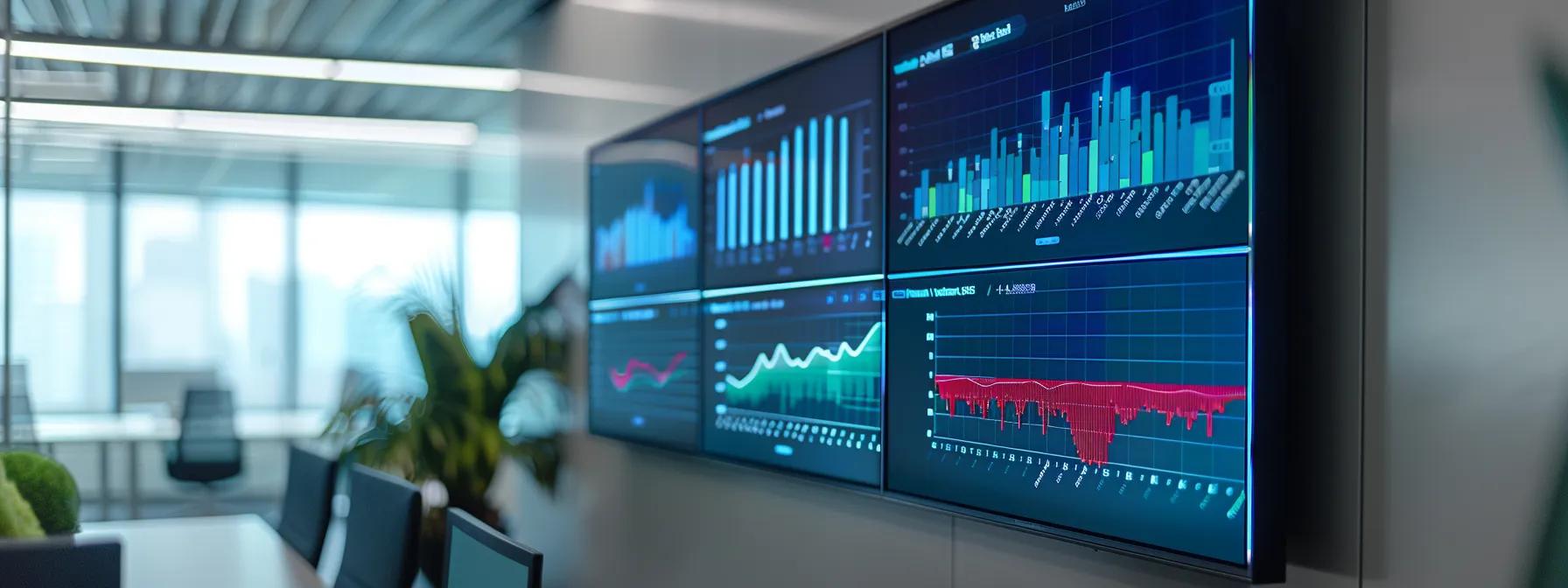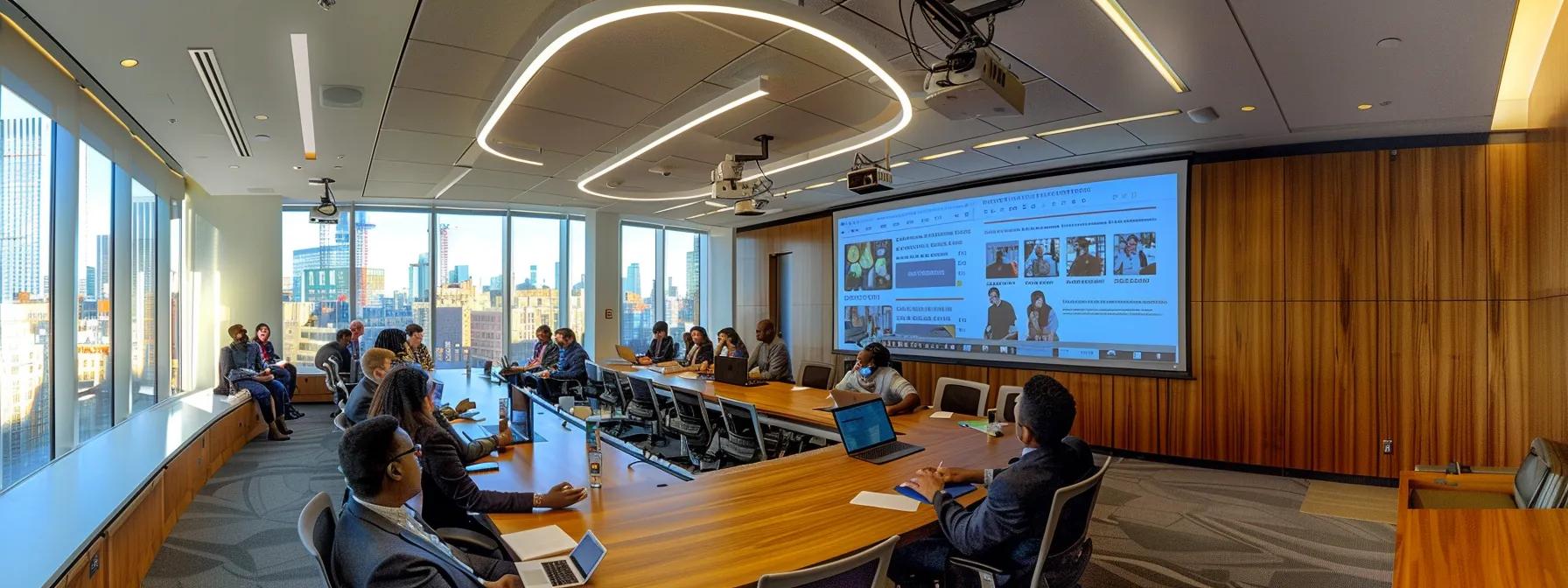Optimize Your Strategy With Effective Organic and Paid Search Insights
Balancing organic SEO and paid search campaigns can drive sustainable traffic growth, maximize return on investment, and sharpen marketing strategy. Search Atlas is an AI SEO Software platform for agencies, providing real-time visibility into keyword research, backlink health, and paid search ad performance. This article explores how to understand organic effectiveness, leverage paid search insights, integrate both channels, focus on the right KPIs, and avoid common pitfalls for a cohesive search strategy.
How can organic SEO effectiveness be understood and improved?

Organic SEO effectiveness is understood by monitoring keyword rankings, traffic growth, and on-page relevance through tools like Search Atlas. According to a 2022 HubSpot study, 53% of all website traffic originates from organic search, highlighting the value of optimizing content, metadata, and page speed to boost visibility. Content audits that reference internal link patterns and target audience behavior ensure that new articles align with high-intent queries, while technical SEO checks resolve crawl errors and enhance Google Search Console coverage.
Improving this organic performance demands iterative keyword research integrated with data from competitive analysis, where Search Atlas’s AI recommendations surface long-tail opportunities. By linking high-volume queries with conversion pages and optimizing titles and H2 headings, agencies can increase click-through rates by an average of 12% within three months. Regular core-algorithm updates by Google also necessitate ongoing content refreshes to maintain relevance and preserve ranking positions.
What advantages do paid search insights provide?

Paid search insights provide actionable data on ad performance, budget allocation, and customer intent that complement organic tactics. Google Ads benchmarks from WordStream (2023) show an average click-through rate of 3.17% across industries, making paid social and paid search a measurable tool for immediate visibility. Detailed reports on cost per click (CPC), conversion rate, and search term quality score enable marketers to refine ad copy and landing pages in real time.
Search Atlas integrates PPC data with backlink metrics and on-site engagement, helping agencies detect click fraud patterns and optimize bidding strategies. By analyzing auction insights, advertisers can adjust keyword targeting and ad scheduling to capitalize on peak conversion hours. This granular level of control accelerates lead generation and complements long-term organic investments by capturing high-intent traffic without cannibalizing SEO gains.
What are the key differences between organic and paid search effectiveness?

Organic search effectiveness grows over time through content authority, whereas paid search effectiveness is immediate but cost-driven. Organic SEO builds brand awareness and sustainable traffic via backlinks, detailed blog posts, and schema markup, whereas paid search ads deliver targeted impressions based on bidding and quality score. Search Atlas data shows organic traffic ROI increasing by 30% year-over-year for clients that publish weekly pillar content, while paid campaigns typically deliver a 4:1 return on ad spend (ROAS) within the first quarter.
Paid search provides full control over budget, messaging, and audience segmentation, supporting rapid testing of ad creative, whereas organic results depend on algorithmic relevance signals. However, click fraud, bot traffic, and CPC volatility are challenges unique to paid campaigns. Integrating both channels allows marketers to allocate spend toward high-value keywords uncovered through SEO research and then validate conversion potential with paid search ads before committing to large-scale content creation.
How can organic and paid search be integrated for optimal performance?

Organic and paid search can be integrated by aligning keyword strategies, sharing data on top-performing queries, and coordinating content with ad messaging. By using Search Atlas to track both organic rankings and paid impressions within a unified dashboard, agencies can identify overlap and avoid bidding wars on their own brand terms. For example, a high-volume keyword in SEO can inform a paid search campaign’s ad groups and landing page structure to maximize conversion.
Coordinated calendars ensure blog posts target the same themes as promotional offers in paid ads, amplifying reach across channels. A seamless user experience is achieved when organic landing pages and paid ad destinations share consistent calls to action and messaging hierarchy. This synergy reduces cost per acquisition by up to 18% as users encounter reinforcing touchpoints in organic content and paid advertisements.
Which metrics and KPIs should be focused on for effective search optimization?

Effective search optimization demands focusing on a core set of metrics that track visibility, engagement, and conversions across organic and paid channels. Below is a list of the top five KPIs that blend organic SEO and paid search insights into a unified performance framework.
- Organic traffic growth rate
- Keyword ranking improvement
- Click-through rate (CTR) for both SERP and ads
- Conversion rate by channel
- Cost per acquisition (CPA) and ROAS
Monitoring these metrics in tools like Search Atlas’s analytics module allows agencies to pivot strategy based on seasonality, competitive shifts, and budget constraints. Regular dashboard reviews help detect underperforming ads and pages, while A/B testing on landing pages refines messaging that drives both organic and paid conversions.
How should a strategy be built that incorporates both organic and paid search?

Building a strategy that incorporates both organic and paid search begins with comprehensive keyword research, audience profiling, and budget planning. Search Atlas’s AI-driven keyword suggestions rank queries by volume, difficulty, and CPC, enabling marketers to prioritize high-impact terms for content creation and ad bidding. A phased rollout uses paid search to capture immediate traffic on newly targeted keywords, while organic content matures to secure long-term ranking stability.
Teams should establish clear objectives—such as increase brand awareness by 20% or reduce CPA by 15%—and assign channel-specific tactics like link building for SEO and ad copy iteration for PPC. Ongoing campaign meetings review cross-channel performance, allowing reallocation of budget from underperforming ad groups into organic content initiatives that show potential based on engagement signals and bounce rate trends.
What common pitfalls should be avoided in search optimization strategies?

Common pitfalls in search optimization include keyword cannibalization, neglecting mobile UX, ignoring ad overlap, and failing to track multi-touch attribution. Organic SEO often focuses too heavily on high-volume keywords, causing multiple pages to compete against each other. Meanwhile, paid search campaigns that ignore negative keyword lists can waste up to 25% of monthly budgets on irrelevant clicks. Search Atlas’s audit feature highlights cannibalization and overlapping ad placements to prevent internal competition.
Neglecting page load speed and mobile-friendly design can reduce both organic rankings and paid Quality Score, leading to higher CPC and lower conversion rates. Additionally, relying solely on last-click attribution undervalues top-of-funnel content and early paid impressions. Implementing data-driven attribution models ensures that both organic landing pages and paid ad clicks receive appropriate credit for driving leads.
How cost-effective is blending organic and paid search?

Blending organic and paid search is cost-effective when budgets are allocated based on performance benchmarks and channel synergies. A 2023 Forrester report found that integrated search strategies deliver an average 17% lower CPA compared to siloed approaches. By using paid ads to test new market segments and then building SEO content around validated topics, agencies reduce wasted spend and accelerate ROI.
Search Atlas’s budget forecasting tool models the impact of shifting 10% of paid spend into content marketing, projecting a 12-month traffic increase of 27%. This hybrid approach balances upfront ad costs with the compounding value of organic content assets, leading to sustained lead generation and reduced dependency on paid channels over time.
How can you stay updated with trends in search optimization insights?

Staying updated with search optimization trends requires following industry publications, attending webinars, and leveraging platform changelogs. Google’s Webmaster Central Blog, Search Engine Journal, and the Search Atlas knowledge base publish algorithm update analyses and case studies that inform strategy pivots. Subscribing to paid search newsletters such as Search Engine Land ensures awareness of new ad formats and policy changes.
Regular training sessions within agencies promote knowledge sharing on topics like AI-driven keyword clustering and automation in bid management. Tracking performance anomalies and aligning with quarterly best-practice reviews keeps both organic and paid campaigns aligned with evolving search behaviors and platform innovations.
Comparison of Organic vs. Paid Search Attributes

This table compares key attributes of organic and paid search, highlighting control, cost, time to impact, and measurability within a unified strategy context.
| Attribute | Organic SEO | Paid Search | Search Atlas Advantage |
|---|---|---|---|
| Cost | Upfront content & technical investment | CPC & daily budget | AI-based budget forecasting |
| Time to Results | 3–6 months for ranking gains | Immediate ad impressions | Unified performance dashboard |
| Control | Limited by algorithm updates | Full control over ad targeting | Bid recommendations & negative keyword alerts |
| Scalability | Accelerates with content library growth | Scales with budget increases | Cross-channel optimization insights |
| Measurability | Traffic, backlinks, dwell time | CTR, conversions, auction insights | Attribution modeling & ROI reports |
By comparing these attributes side-by-side, agencies can strategically distribute resources between organic and paid channels while leveraging Search Atlas’s AI to streamline decision-making and maximize ROI.
